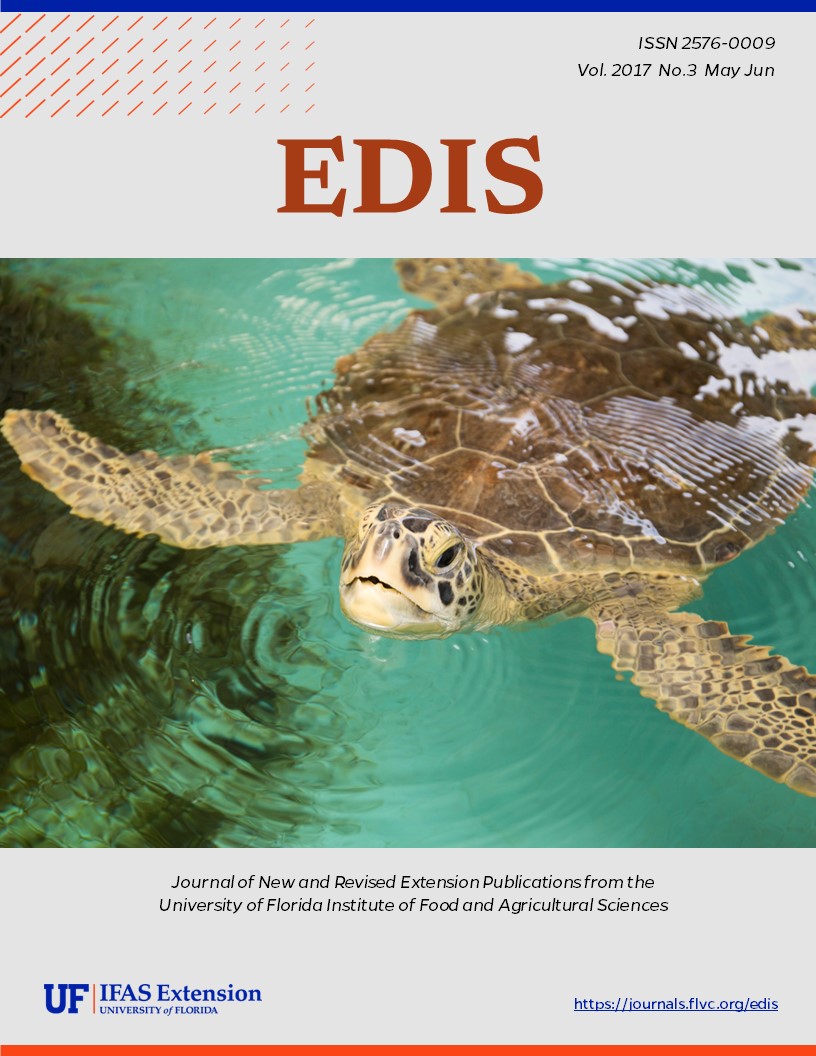Abstract
This paper discusses the implementation of cisterns for collecting non-potable water in regions with limited groundwater resources, focusing on Florida. It covers the types of cisterns, catchment systems, sizing considerations, location, sanitation, design, construction, and maintenance. By efficiently collecting rainwater, cisterns offer a sustainable solution for domestic water needs beyond human consumption, contributing to water conservation efforts in areas facing scarcity or high costs of potable water.This paper discusses the implementation of cisterns for collecting non-potable water in regions with limited groundwater resources, focusing on Florida. It covers the types of cisterns, catchment systems, sizing considerations, location, sanitation, design, construction, and maintenance. By efficiently collecting rainwater, cisterns offer a sustainable solution for domestic water needs beyond human consumption, contributing to water conservation efforts in areas facing scarcity or high costs of potable water.

This work is licensed under a Creative Commons Attribution-NonCommercial-NoDerivatives 4.0 International License.
Copyright (c) 2017 UF/IFAS

